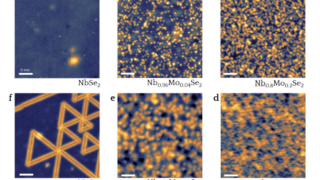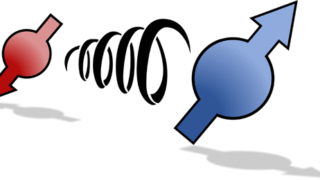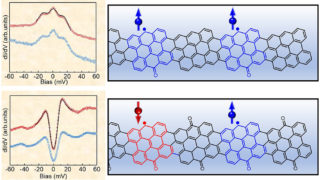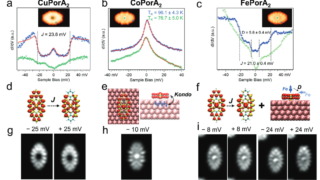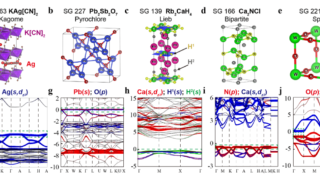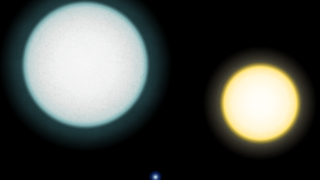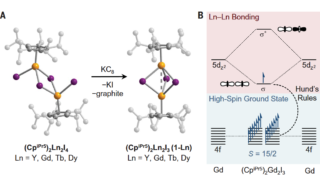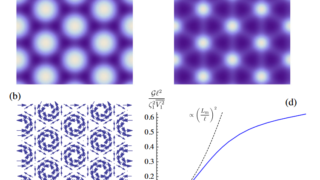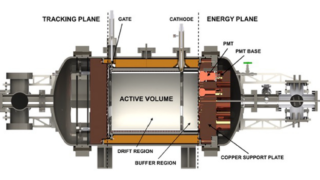
Two-neutrino double-β-decay half-life via direct background subtraction
Concluding that the neutrino is a Majorana particle would be really a turning point in our understanding of the universe. It would mean the non-conservation of a magnitude called the leptonic number, one of the key characteristics in a fermion, meaning that there would be an explanation to the matter-anti matter asymmetry: the creation of […]
